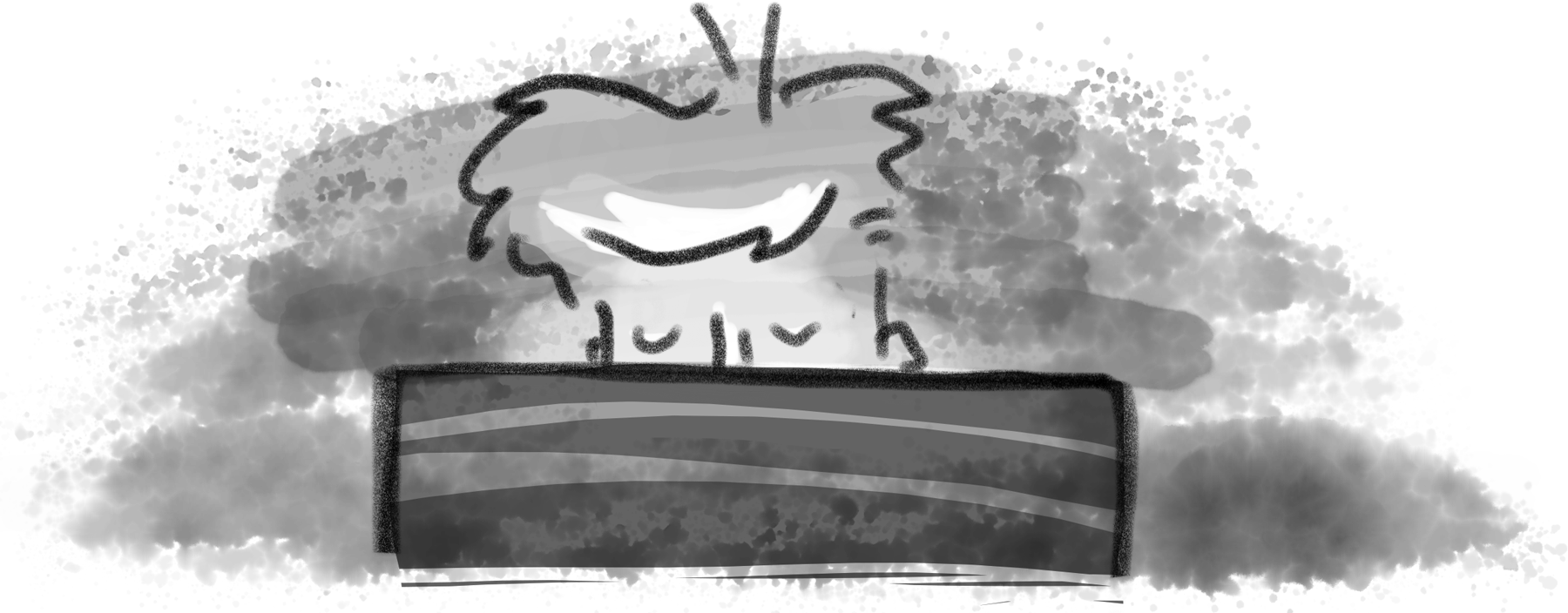

I’ve been freelancing since 1996. Started as a side hustle while working at a digital agency - late nights, early mornings, weekends. Eventually made the jump to full-time, but those side hustle days taught me something: you need to know exactly where your time goes.
Most side-hustlers are working on stuff they’re passionate about - passionate enough to see it as a way out of the 9-5. But when you’re burning the candle at both ends, tracking time feels like another task you don’t have time for.
Which is a big mistake. Without tracking, you’ll never know if this is actually viable.
Here’s What Happens Without Tracking
You quote a website at $2,000. Twenty hours at $100/hour seems fair.
Then reality: one hour for the meeting, three hours research, 22 hours actual work (scope creep), four hours revisions and calls, two hours delivery.
That’s 32 hours. $62.50 per hour.
You repeat this on every project because you’re pricing based on optimism instead of reality. You forget to log the phone calls that turn into strategy sessions. The email chains. The WhatsApp messages where you’re delivering expertise. Research, troubleshooting, file prep, client training - all given away free because it doesn’t feel like “real work.”
Two hours researching typography and sketching concepts? You log 30 minutes because it felt like playing. Every minimised hour is money you’re not charging for.
What Actually Works
Track everything you work on for a month, logging what you just finished when you switch projects. It takes less than a minute and after time it’s like muscle memory.
Something shifts when you see real numbers. You’re not “doing some design work on weekends” - you are running a business. You price differently. Talk to clients differently. Stop apologising for your rates.
When you can see “I earned $2,400 last month working 15 hours per week,” the path to full-time becomes obvious. You know exactly what you need to replace your salary.
Making the Jump
The side-hustlers who make it to full-time? They treated it like a real business from day one. Tracked their time, knew their numbers, had data to back up the decision.
Without tracking, you’re guessing. With it, you know exactly when you’re ready.
Steve Leggat has been freelancing in design and web development since 1996, starting as a side-hustler while working at a digital agency. He runs Front&Back, a solo design company in Auckland, and created TallyHo specifically for freelancers who want to capture their time naturally without breaking their flow.